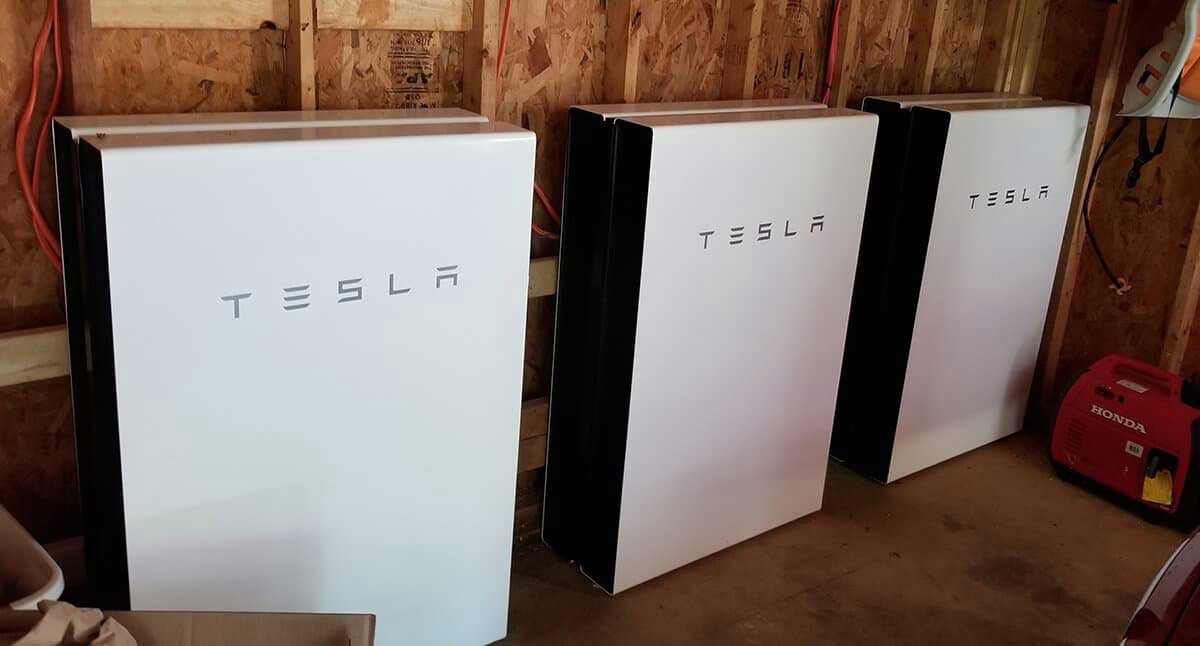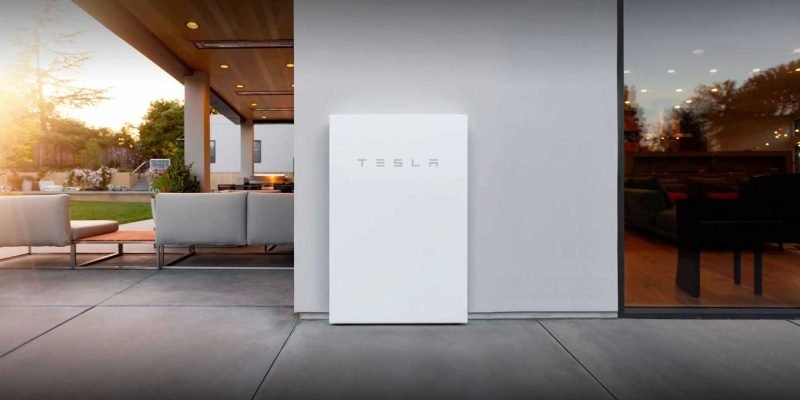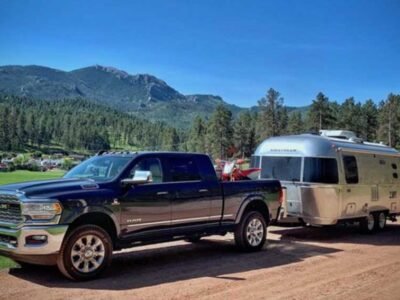With so many Australian homes and businesses switching to solar power to save money as well as reduce the carbon footprint and conserve the environment around us, it only makes sense to take that solar power array to the next level by adding battery power storage.
Many Aussies have yet to introduce battery storage for their solar power systems, instead, relying on direct solar energy with no battery backup.
While there are numerous solar battery storage options in the country, one of the very best is the Tesla Home Battery. This article will be taking a look at this innovative solar battery system, along with what you need to know about combining systems with the Tesla Powerwall.
What Is the Tesla Powerwall?
Not only does solar power and the Tesla Powerwall save you money on electricity, perhaps even eliminating your power bills altogether, it also gives you battery backup during the evening and prevents your home suffering from blackouts.

The Tesla Home Battery provides ample storage of accumulated solar power, meaning you can use your stored solar energy during the evenings, during periods of poor weather and any time the power in your neighbourhood goes out. You have battery backup power and with the Tesla Powerwall management system, you can manage and monitor your power consumption and the state of your solar system at all times. Your management system can even forecast the weather for you.
The Tesla Powerwall is the ultimate battery backup solution for solar power on today’s market.
Some Things To Know When Combining Systems With the Tesla Powerwall
The Tesla Powerwall should be integrated with a solar power system. The advanced storage capacity and power management of the Powerwall system ensures you’ll be able to use solar power during the day and stored solar power overnight.
It provides an AC coupled solution and works with typical inverters that have been installed on a home solar power system. This means it can be integrated with existing compatible solar power arrays. The Tesla Powerwall is also the perfect storage solution for new solar power installations.
It is recommended that at least one Powerwall is installed for every 7.6kW of backup power required to endure the length of an extended power outage.
An interesting fact about the Tesla Powerwall is that it can be installed independently of having a solar power system. What this means is that you can install the Powerwall and it will charge from the grid, giving you backup electricity should the power go out in your neighbourhood. Note that once the Tesla Powerwall has been connected to a solar power system, it can no longer charge from the grid.
A Tesla Powerwall can be combined with a generator, which means you can have double the power backup in the event of a blackout. The backup generator needs to be connected to either an automatic or manual power transfer switch. The Powerwall needs to be installed between the utility meter and the transfer switch. While Powerwall charges from solar energy, it is not charged by a backup generator.
The Powerwall is not directly integrated with the generator. In the event of a power outage, the Tesla Powerwall will power your home. The generator will only come into action if and when the energy supply stored in the Powerwall is depleted. Tesla Powerwall automatically responds to a power outage and feeds stored electricity to your home.
The Tesla Powerwall doesn’t work with existing solar battery systems. It needs to replace any existing solar battery systems you may have in place. It also only operates in conjunction with solar power arrays and not other forms of renewable energy systems such as wind-powered or hydro.
Combining systems with the Tesla Powerwall provides consumers with a number of options.
In Conclusion
The Tesla Powerwall is a modern and innovative piece of technology that ensures your home has power day and night and during periods of bad weather or power outages. It’s easily integrated with existing compatible solar power systems and provides the perfect battery backup solution for new solar power installations.
To learn more about installing solar power in your home and combining it with the Tesla Powerwall battery backup and power management system, be sure to consult with your local solar power and installation specialist.















Comments